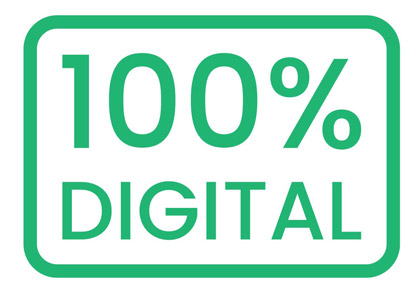Programmatic Display
Display
Programmatic display is the foundation channel which provides the basis of every campaign. Utilizing technology to buy, sell, and deliver digital ad inventory in real-time through ad exchanges and demand-side platforms (DSPs). Being the most common digital format creates competitive pricing which provides large volumes of inventory cost effectively. One of the major advantages is the ability to use sophisticated targeting options to reach the right audience. This format allows advertisers to reach target audiences with relevant and personalized ads, improving the efficiency and effectiveness of their campaigns.
Features
- Real-time bidding (RTB)
- Automated optimization
- Frequency capping
- Dynamic creative optimization
- Cross-device targeting
- A/B testing
- Precise targeting
- Cost efficiency
- Real-time reporting
- Scale and reach
- Personalization
- Flexibility
Targeting
- 1st Party Audiences
- 3rd Party Audiences
- In Market Audiences
- Demographic targeting
- Geographic targeting
- Behavioral targeting
- Contextual targeting
- Device targeting
- Day part targeting
- Retargeting
- Lookalike targeting
Mobile Formats
- Banner (320x50)
- MREC (300x250
- Interstitial (320x480)
Desktop Formats
- MREC (300x250)
- Leaderboard (728x90)
- Skyscraper (160x600)
- Half Page / Skyscraper (300x600)
- Billboard (970x250)
Programmatic brand-safe website targeting ensures ads appear on websites that align with brand values and do not pose any risks to brand reputation. We avoid content that could be considered controversial, offensive, or harmful. Here are some key approaches and techniques we use in brand-safe website targeting:
- Content Verification Tool
- Whitelists of approved sites
- Blacklists of blocked sites and categories
- Contextual Targeting
- Third-Party Verification Services
- Publisher Direct Deals
- Real-Time Bidding (RTB) Filters
- Continuous Monitoring and Reporting
- Human Review
